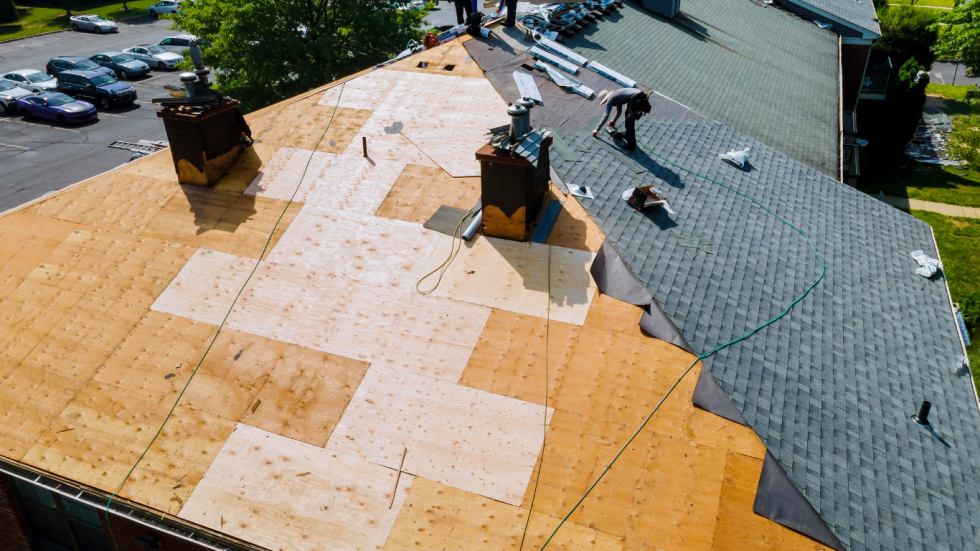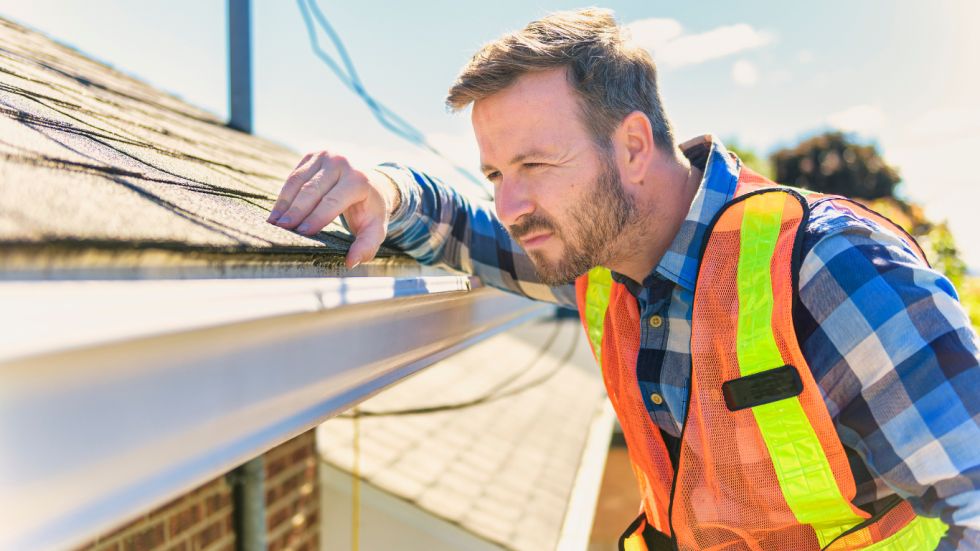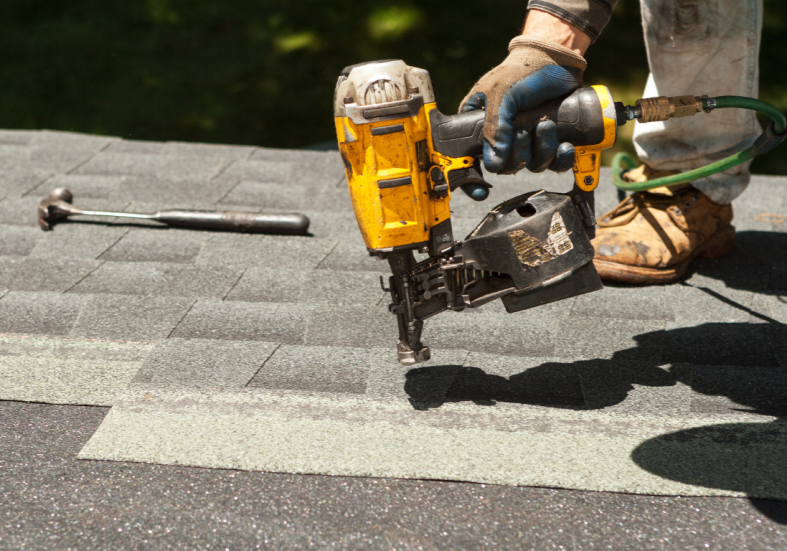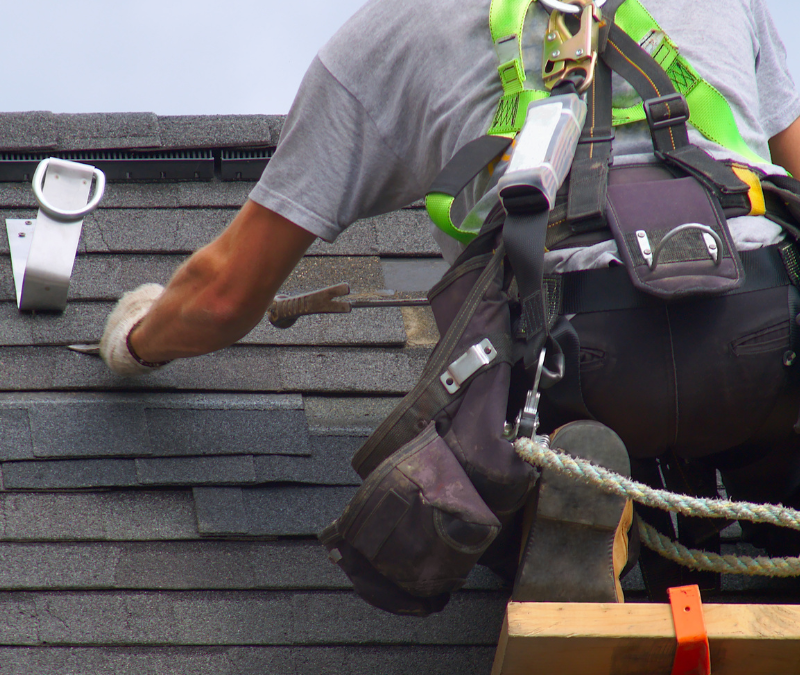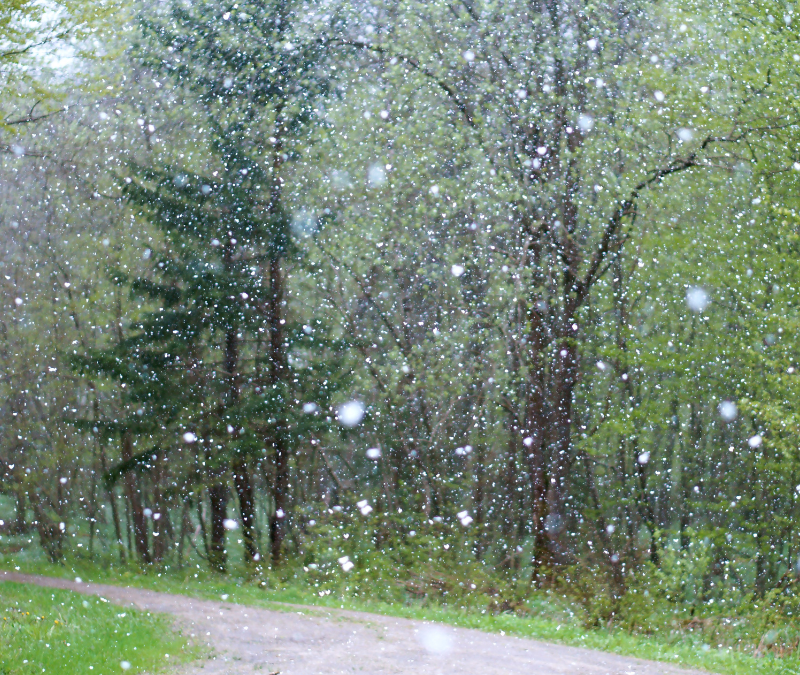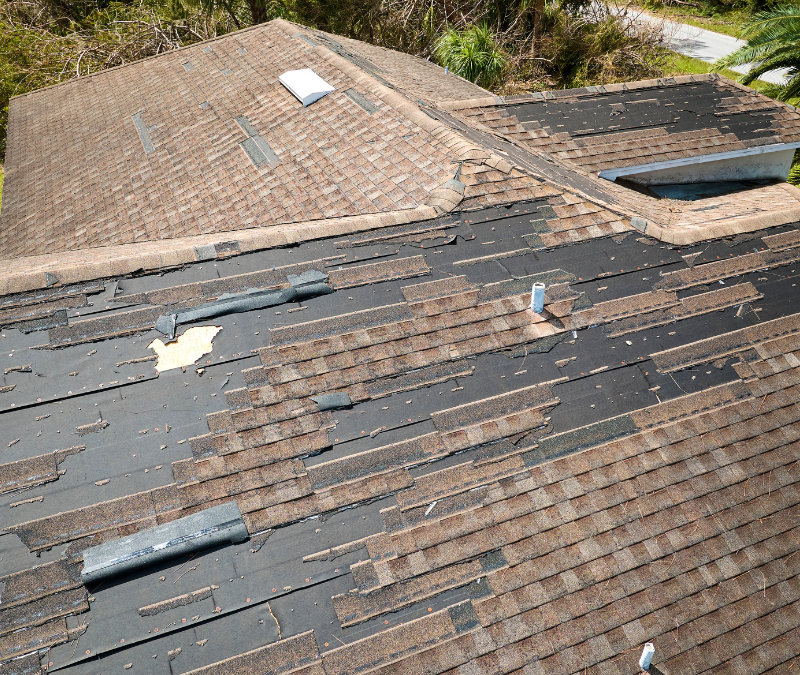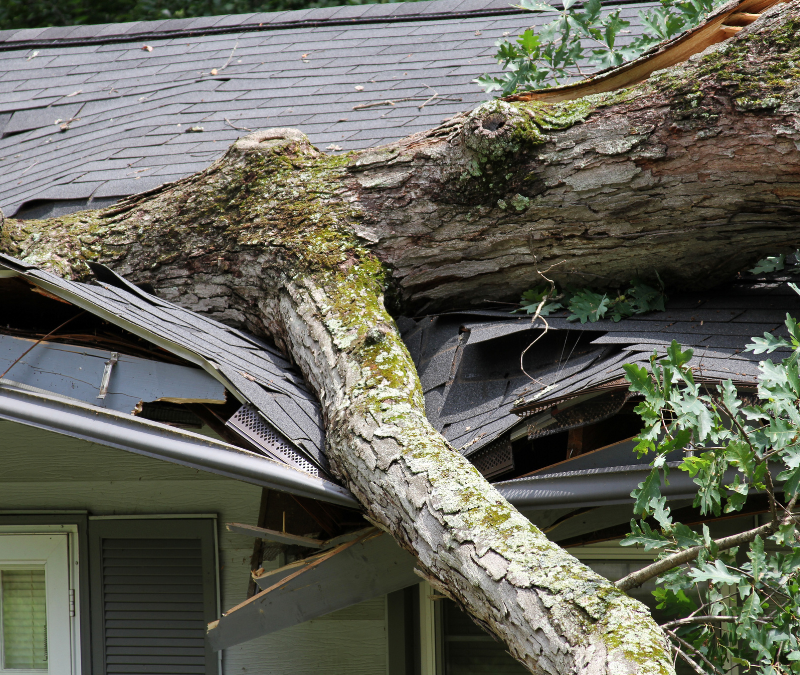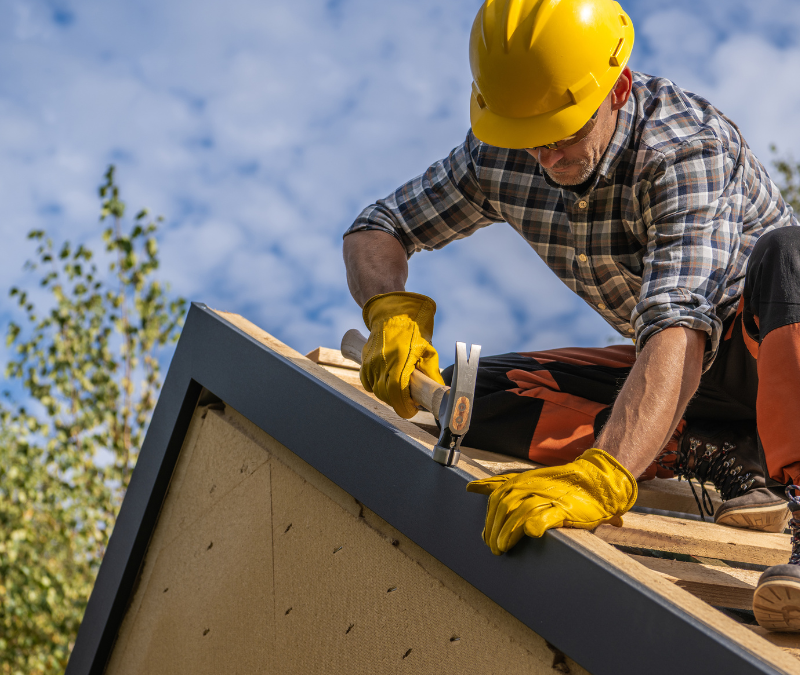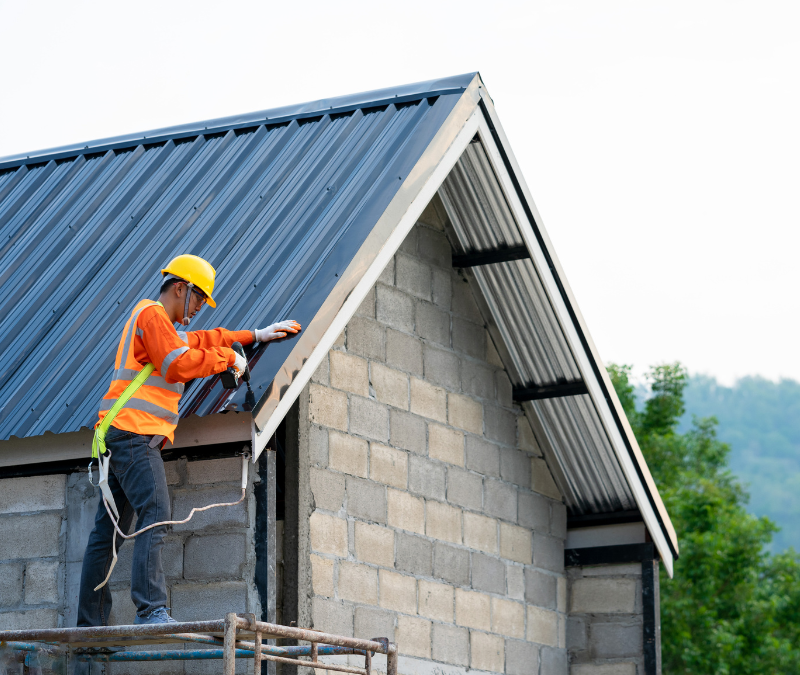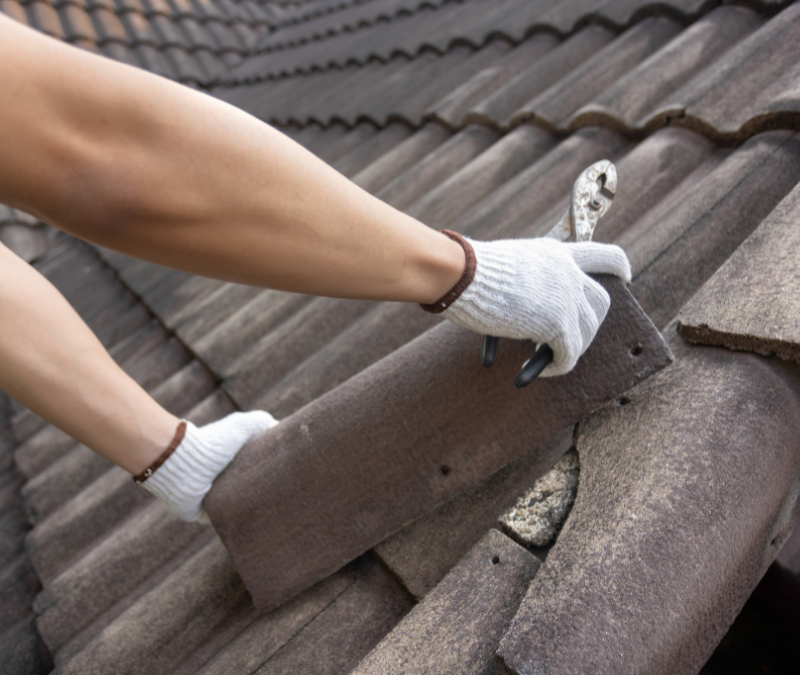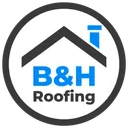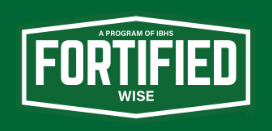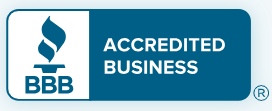April 22, 2025
What is Hail Damage? Hail damage occurs when hailstones impact a roof, causing dents, cracks, and dislodged shingles. These impacts can compromise the roof’s integrity, leading to leaks and structural issues if not addressed promptly. Understanding the nature of hail damage is crucial for homeowners to recognize potential problems early and take appropriate action. Importance of Timely Roof Repair Addressing hail damage to your New Orleans roof quickly prevents further deterioration of your roof, which could lead to costly repairs or even a complete roof replacement. Timely repairs ensure the longevity of your roof, maintain your home’s value, and protect the interior from water damage, mold, and other potential issues. Identifying Hail Damage Common Signs of Roof Hail Damage Hail damage can manifest as bruises, cracks, or missing shingles on your roof. Other signs include granule loss, dents in gutters, and damaged flashing. Recognizing these indicators early helps prevent minor issues from escalating into significant structural problems that require extensive and expensive repairs. Differentiating Hail Damage from Other Roof Issues It’s important to distinguish hail damage from other roof problems like age-related wear, wind damage, or manufacturing defects. Understanding these differences helps in accurately diagnosing the issue, ensuring that the correct repair approach is taken, and avoiding unnecessary repairs or disputes during the insurance claim process. Immediate Steps to Take After a Hailstorm Safety Precautions After a hailstorm, prioritize safety by checking for downed power lines, loose shingles, and other hazards. Avoid going on the roof yourself, as it may be unsafe. Instead, inspect from the ground or hire a professional to assess the situation, ensuring your safety while addressing potential damage. Initial Inspection Conduct a visual inspection from the ground to identify obvious signs of damage like broken shingles, dents, and debris on the roof. Use binoculars if necessary. Document any visible damage, but avoid climbing onto the roof until a professional can confirm its structural integrity. Documenting the Damage Take detailed photos and videos of all visible hail damage to your New Orleans roof, gutters, siding, and other affected areas. This documentation will be critical when filing an insurance claim, helping to substantiate the extent of the damage and supporting your case for repair or replacement coverage. Assessing the Extent of the Damage When to Call a Professional Roofer If you suspect significant hail damage, contact a professional roofer for a thorough inspection. They can assess the severity of the damage, provide a detailed report, and recommend the best course of action. Professional inspections are often required by insurance companies for claim validation. Understanding Roof Inspection Reports Roof inspection reports detail the condition of your roof post-hailstorm, identifying specific damage areas, severity levels, and recommended repairs. Understanding this report helps you make informed decisions about repair or replacement and ensures transparency in discussions with contractors and insurance adjusters. Insurance and Hail Damage Navigating the Insurance Claim Process Filing an insurance claim for hail damage on your New Orleans roof can be complex. Understanding the process, from documenting damage to working with adjusters, ensures you receive fair compensation. Be aware of your policy coverage, and consider hiring a public adjuster if needed to navigate any disputes with your insurer. Tips for a Successful Claim To ensure a successful hail damage claim, promptly report the damage, provide thorough documentation, and cooperate with your insurance company’s inspection process. Stay organized, keep all communications in writing, and consider getting multiple repair estimates to compare with the insurance adjuster’s assessment. Working with Insurance Adjusters Insurance adjusters assess the extent of your hail damage and determine the claim’s value. Be present during their inspection to answer questions and highlight damage. If disagreements arise over the repair scope or cost, consider hiring a public adjuster or a contractor to provide a second opinion. B&H Roofing will support you throughout your roofing insurance claim, guiding you every step of the way. Our skilled team carefully documents the damage and supplies all the essential details to ensure a smooth and successful claim process. Roof Repair vs. Replacement Factors to Consider Deciding between roof repair and replacement involves evaluating the extent of the damage, the age of your roof, and your long-term goals. Repairing minor damage may be sufficient for newer roofs, while older roofs with extensive damage might benefit more from a full replacement to ensure lasting protection. Costs and Benefits Roof repair is typically less expensive upfront, but repeated repairs can add up over time. Replacement has a higher initial cost but provides a new, warranty-backed roof. Weighing the costs against the benefits of increased energy efficiency, home value, and long-term savings is crucial for informed decision-making. Longevity and Future-Proofing A new roof, especially with upgraded materials, offers greater durability and improved resistance to future hailstorms. Investing in high-quality materials and proper installation can significantly extend the lifespan of your roof, reduce maintenance costs, and provide peace of mind during severe weather events. Roof Repair Process Materials and Tools Needed Roof repair requires specific materials like shingles, underlayment, nails, and sealants, along with tools such as a hammer, pry bar, ladder, and safety gear. Understanding these essentials ensures that repairs are done correctly, whether by a professional or as a DIY project, for optimal results. Step-by-Step Repair Guide The roof repair process involves assessing the damage, removing damaged shingles, replacing or patching the affected areas, and sealing any leaks. Proper techniques are crucial to ensure a lasting repair. This step-by-step guide provides detailed instructions to help you or your contractor perform effective repairs. Common Repair Mistakes to Avoid Avoid common roof repair mistakes like improper shingle alignment, inadequate sealing, and neglecting underlayment replacement. These errors can lead to leaks, reduced roof lifespan, and additional costs. Following best practices ensures the repair is durable and prevents future problems from arising. Preventative Measures for Future Hailstorms Roof Maintenance Tips Regular roof maintenance, such as cleaning gutters, inspecting shingles, and addressing minor issues promptly, can extend ythe lifespan of your New Orleans roof and reduce the impact of future hailstorms. Proactive care helps identify vulnerabilities early, allowing you to strengthen your roof before severe weather hits. Hail-Resistant Roofing Materials Investing in hail-resistant roofing materials, such as impact-resistant shingles or metal roofing, can significantly reduce damage from future storms. These materials are designed to withstand the force of hailstones, offering enhanced protection and potentially lowering your insurance premiums over time. Installing Hail Guards Hail guards, such as impact-resistant covers for skylights, vents, and other roof openings, provide additional protection against hail damage. Installing these guards can prevent punctures and leaks, ensuring that vulnerable areas of your roof are fortified against the destructive forces of a hailstorm. Summary New Orleans Roof hail damage can significantly impact the integrity of your home, making timely repairs essential. This guide covers everything from identifying hail damage, differentiating it from other roof issues, and taking immediate post-storm steps, to navigating insurance claims and choosing between repair or replacement. It also emphasizes the importance of selecting a professional contractor, understanding the repair process, and taking preventative measures like using hail-resistant materials and regular maintenance. By following these steps, homeowners can protect their roofs, reduce repair costs, and ensure long-term safety and value for their property.
